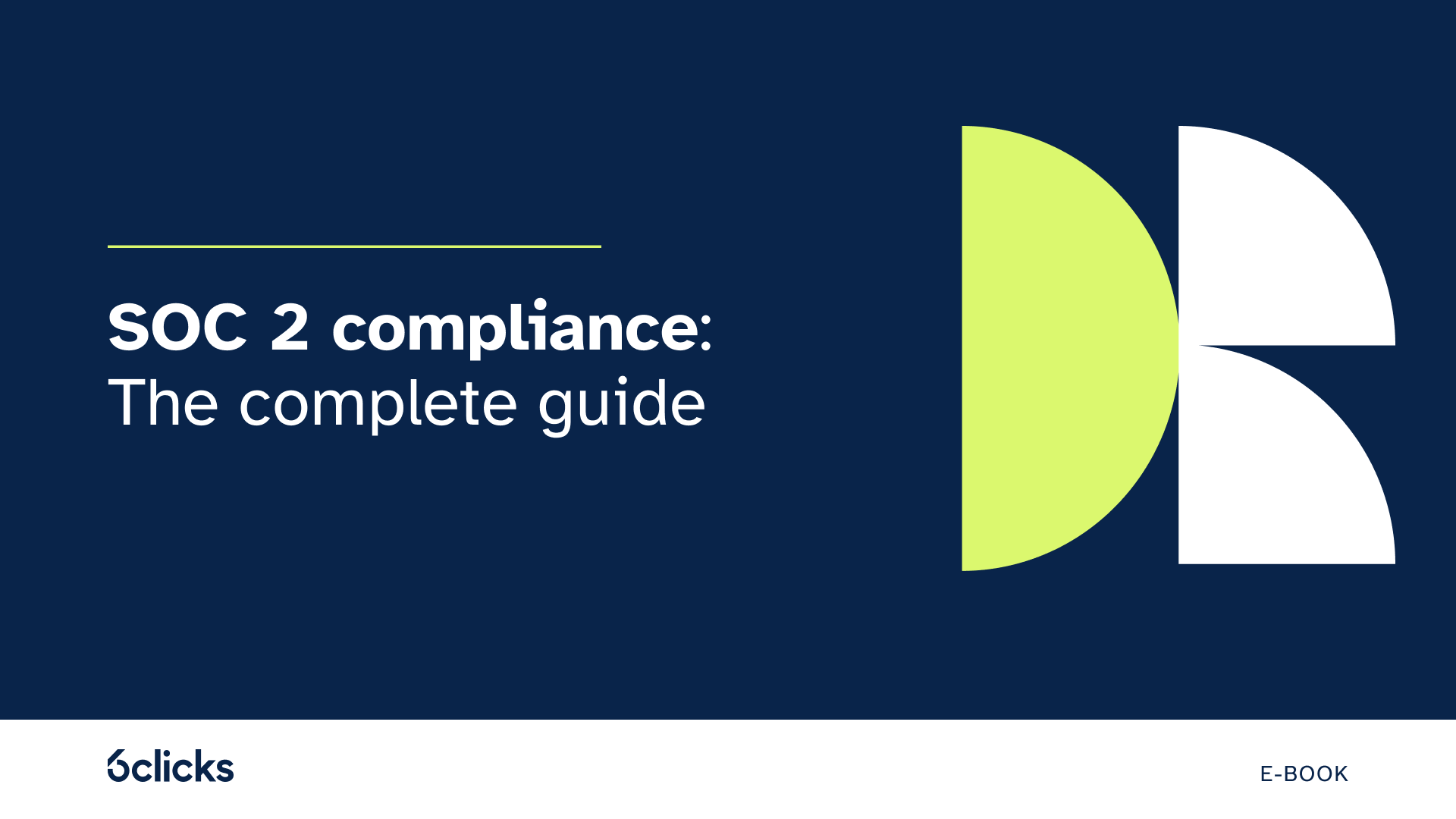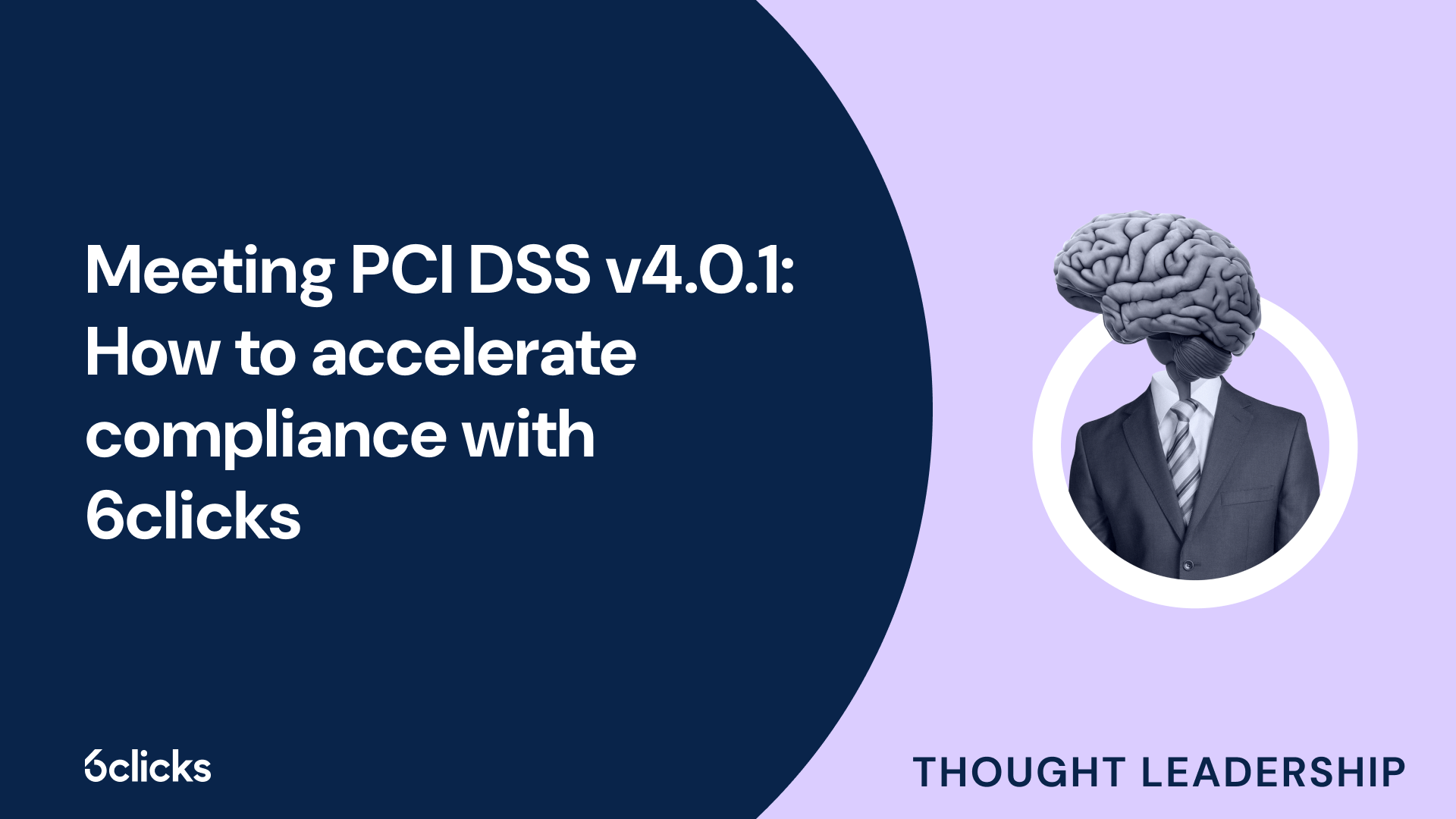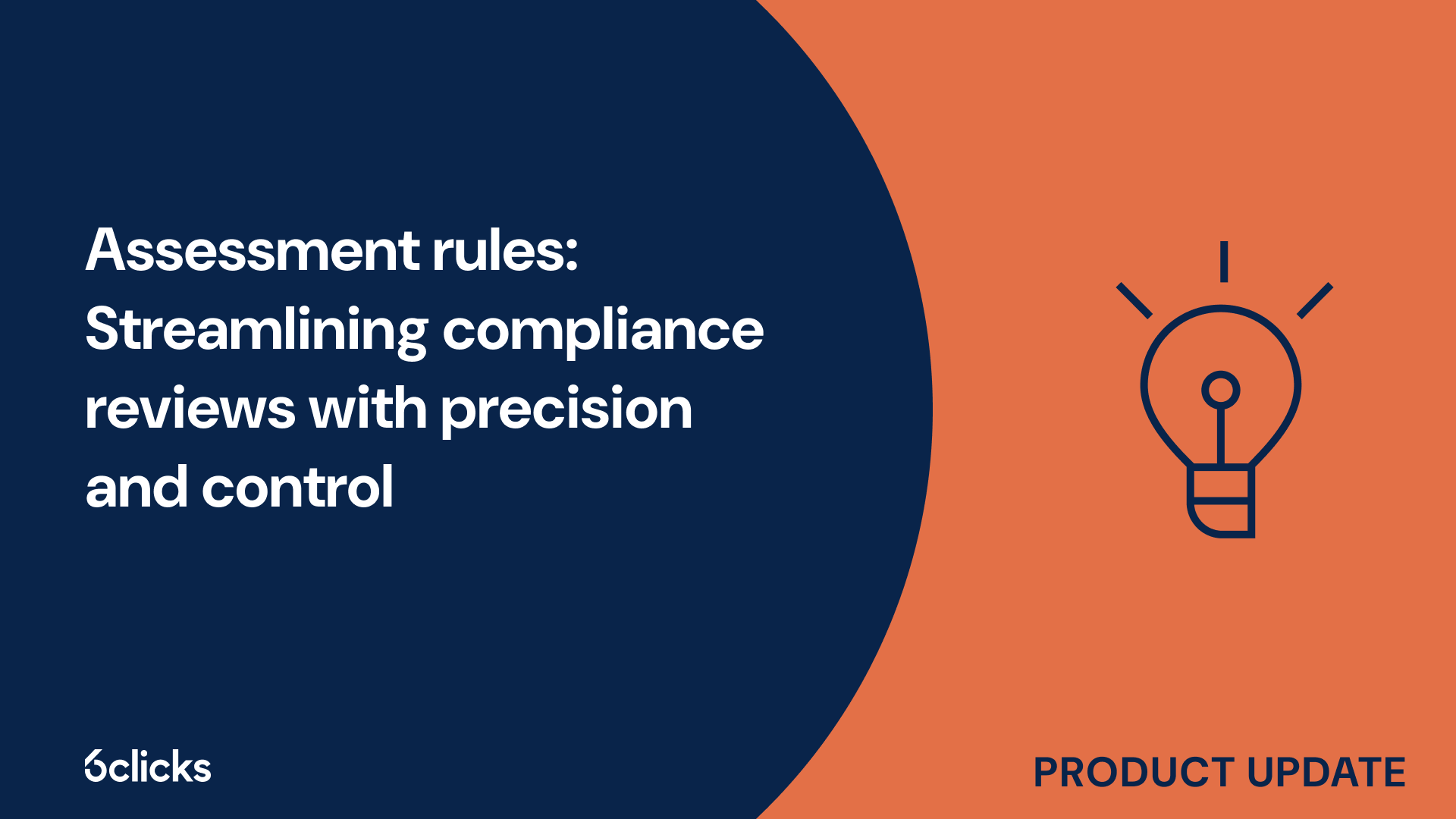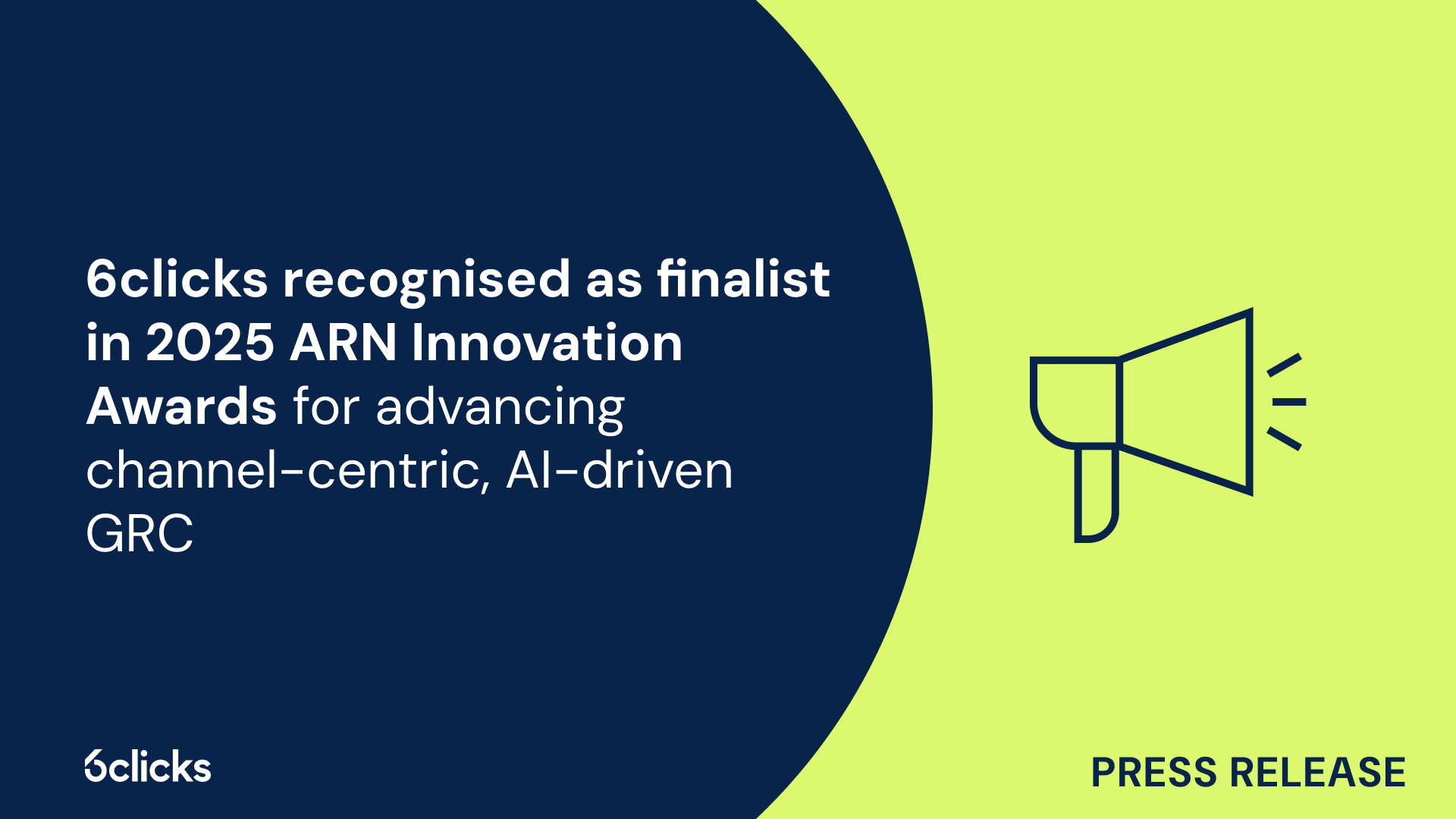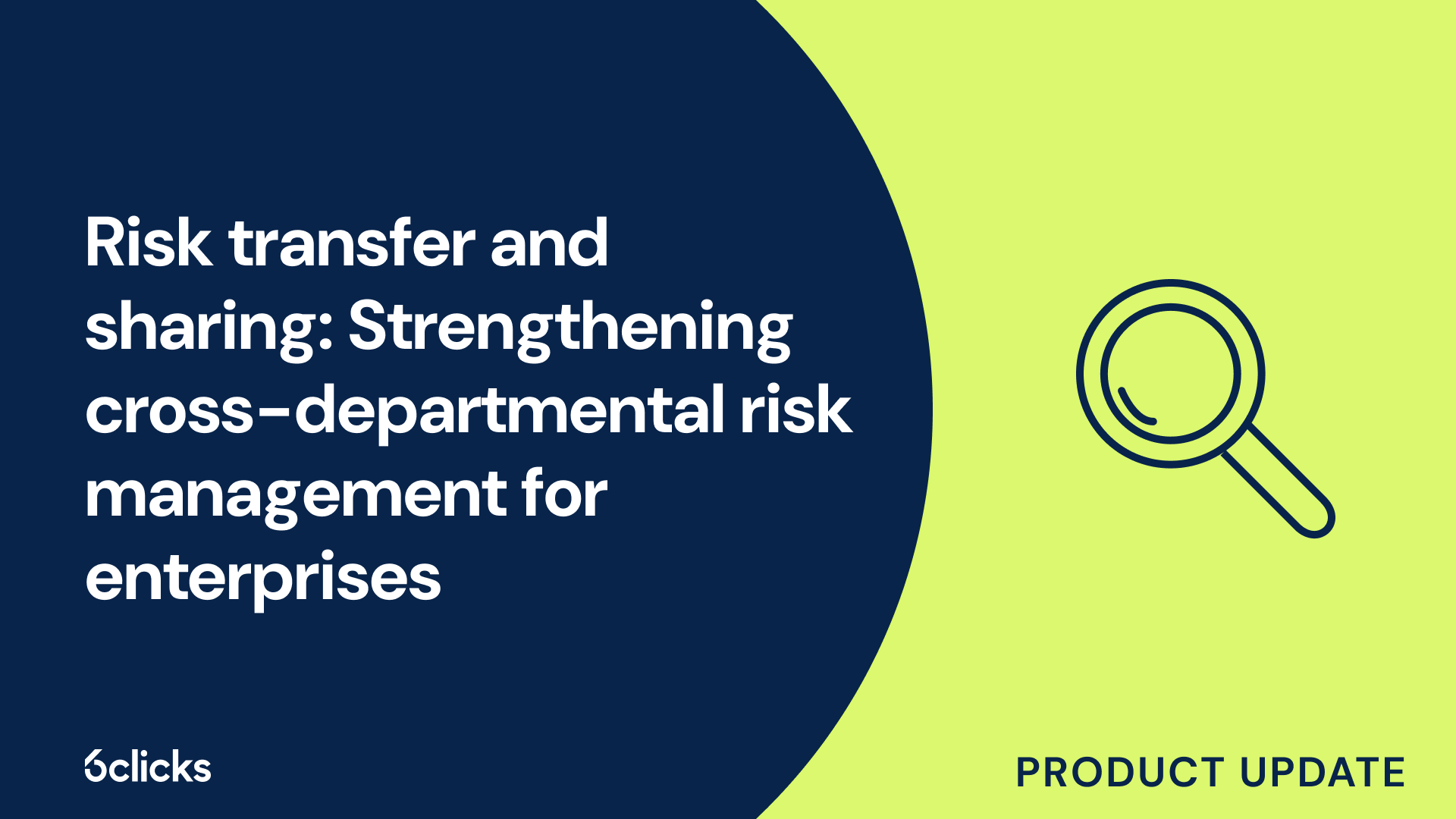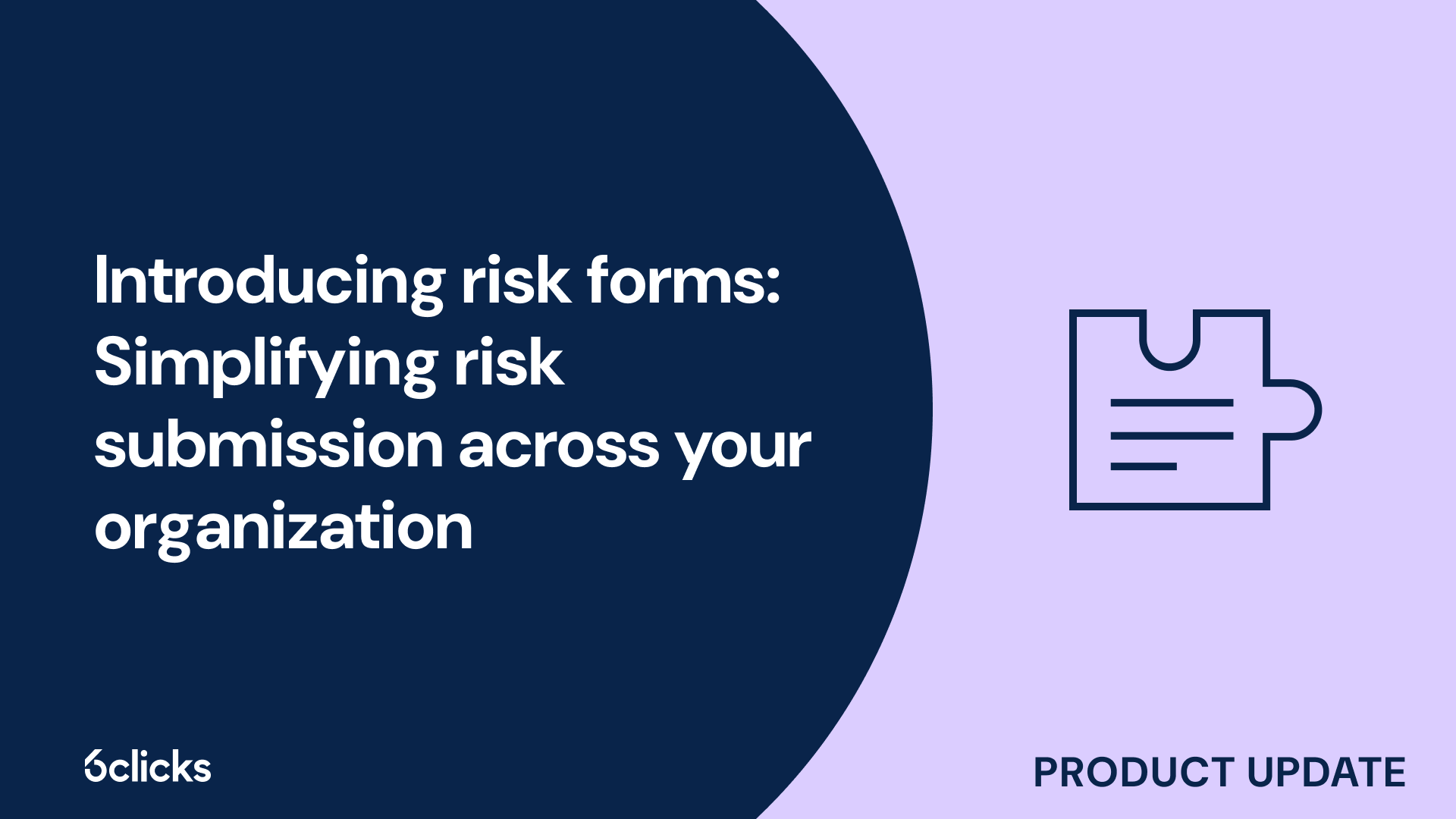Mastering the cybersecurity domain in 2025
Discover how to future-proof your organization’s cybersecurity in 2025. This free guide from 6clicks explores core security domains, regulatory frameworks, and how to integrate GRC for scalable, resilient, and audit-ready programs. Essential reading for CISOs, risk managers, and compliance leaders.
-1.png?width=200&height=249&name=Group%20193%20(1)-1.png)
Mastering the cybersecurity domain in 2025
What are the 8 core domains of cybersecurity?
TL;DR: The 8 core domains of cybersecurity provide a structured framework for protecting information systems, managing risk, and ensuring operational resilience across every part of the organization.
The 6clicks expert guide Mastering the Cybersecurity Domain in 2025 outlines 8 key domains that form the foundation of any robust cybersecurity program. These domains are based on internationally recognized standards, such as ISC2’s Common Body of Knowledge (CBK), and align closely with frameworks like NIST, ISO 27001, and SOC 2.
Each domain addresses a critical area of cybersecurity risk and capability. Together, they enable a comprehensive defense-in-depth strategy.
The 8 cybersecurity domains:
-
Security and risk management
Aligns security policies with business objectives, defines risk tolerance, and integrates governance, legal, and compliance concerns. -
Asset security
Focuses on classifying and safeguarding data throughout its lifecycle—from collection and usage to archival and disposal. -
Security architecture and engineering
Embeds security by design in systems, infrastructure, and cloud environments using zero trust, segmentation, and cryptographic principles. -
Communication and network security
Protects data in transit through secure network design, encryption protocols (TLS, IPsec), and secure remote access strategies. -
Identity and access management (IAM)
Enforces least privilege and zero trust principles using strong authentication, role-based access, and privilege management tools. -
Security assessment and testing
Evaluates the effectiveness of controls through regular vulnerability scans, penetration testing, audits, and red/blue/purple teaming. -
Security operations
Monitors and responds to threats in real time using SIEM/SOAR, incident response processes, threat intelligence, and logging. -
Software development security
Integrates secure coding practices, DevSecOps, SBOM management, and CI/CD controls to reduce software vulnerabilities.
Why these domains matter
Implementing these domains ensures that security is not a one-off checklist but an ongoing, integrated practice across the enterprise. They help:
-
Minimize business and compliance risks
-
Accelerate response to emerging threats
-
Foster trust among customers, partners, and regulators
Ready to operationalize these 8 domains in your cybersecurity program?
Book a demo with 6clicks today to see how our platform maps security domains to frameworks like NIST, ISO, and SOC 2—enabling automated assessments, risk workflows, and domain maturity tracking.



